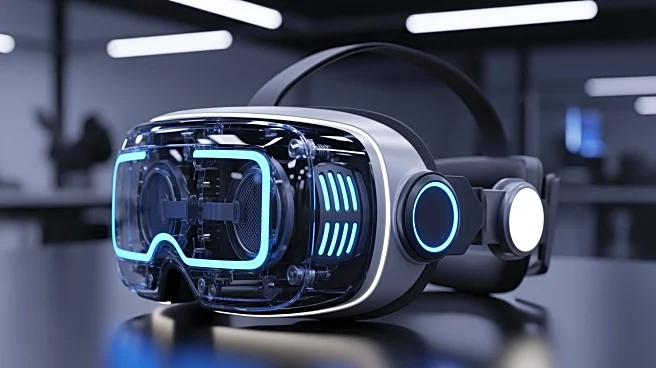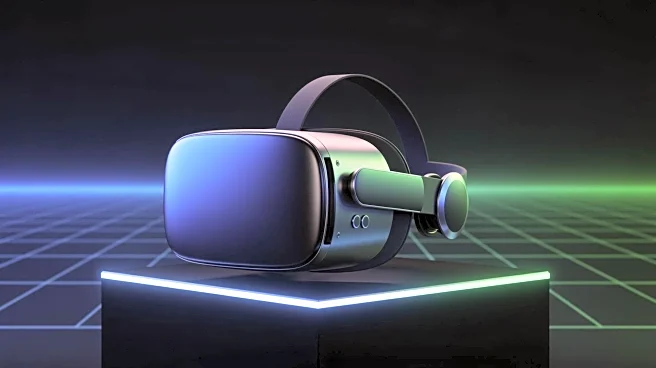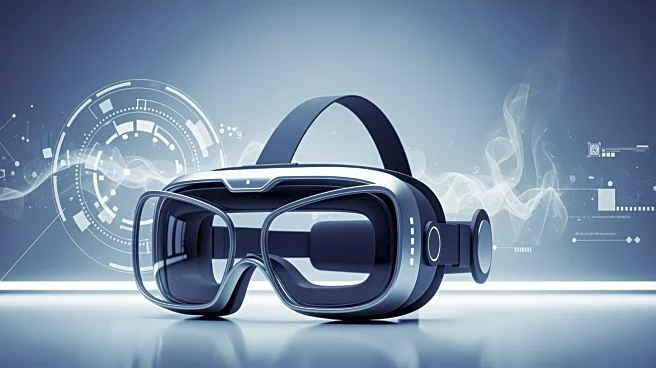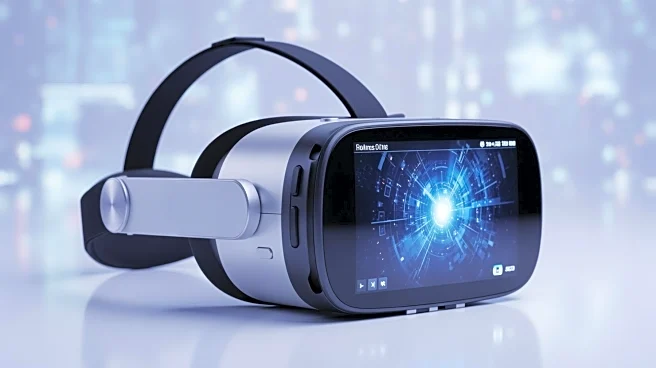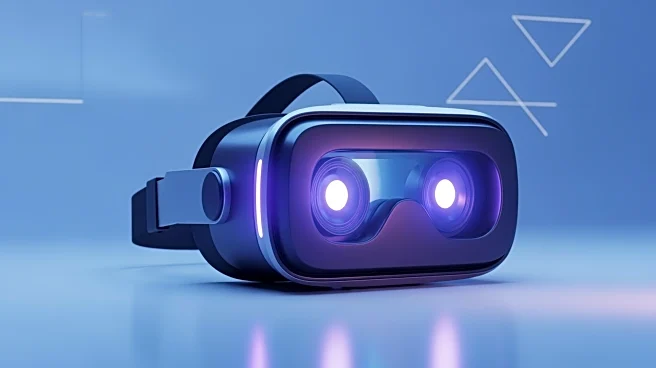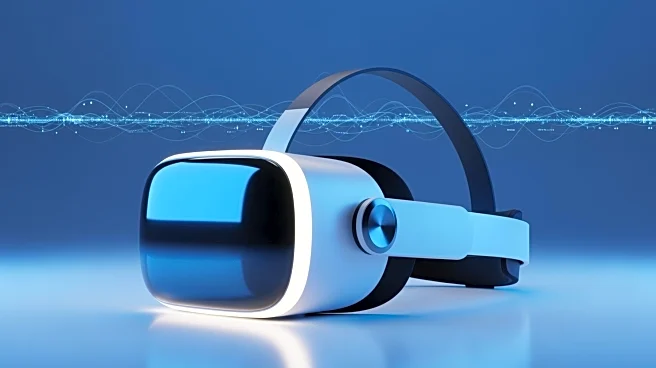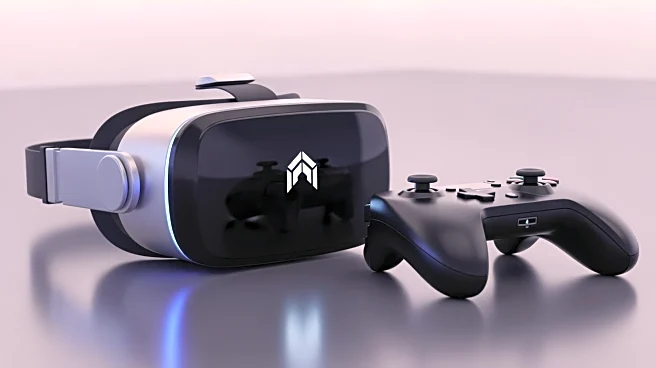What's Happening?
Valve has introduced its new VR headset, the Steam Frame, with detailed insights into its engineering. The headset features innovative thermal management, with the SoC placed on the 'back' of the chip,
sandwiched between heat pipes. This design allows heat to be taken through the PCB, a unique approach in board building. The headset also addresses power delivery challenges, ensuring proper packaging of voltage regulators due to impedance requirements. The cooling requirements of the LCD screens are optimized to run warm for fast refresh rates, focusing on user comfort.
Why It's Important?
Valve's Steam Frame represents a significant advancement in VR technology, offering detailed engineering insights that enhance user experience and device performance. The focus on thermal management and power delivery ensures efficient operation, while the cooling system prioritizes user comfort. This level of transparency and innovation sets Valve apart from competitors like Meta, providing valuable information to the tech community and consumers.
What's Next?
The Steam Frame's engineering details suggest potential for future enhancements in VR technology, with possible applications in other tech devices. Valve's openness in sharing these insights may influence industry standards and encourage other companies to adopt similar transparency in product development.
Beyond the Headlines
Valve's approach to sharing detailed engineering insights reflects a commitment to innovation and transparency, fostering trust and engagement with the tech community. This openness may drive industry-wide changes in how companies communicate product development and technological advancements.
